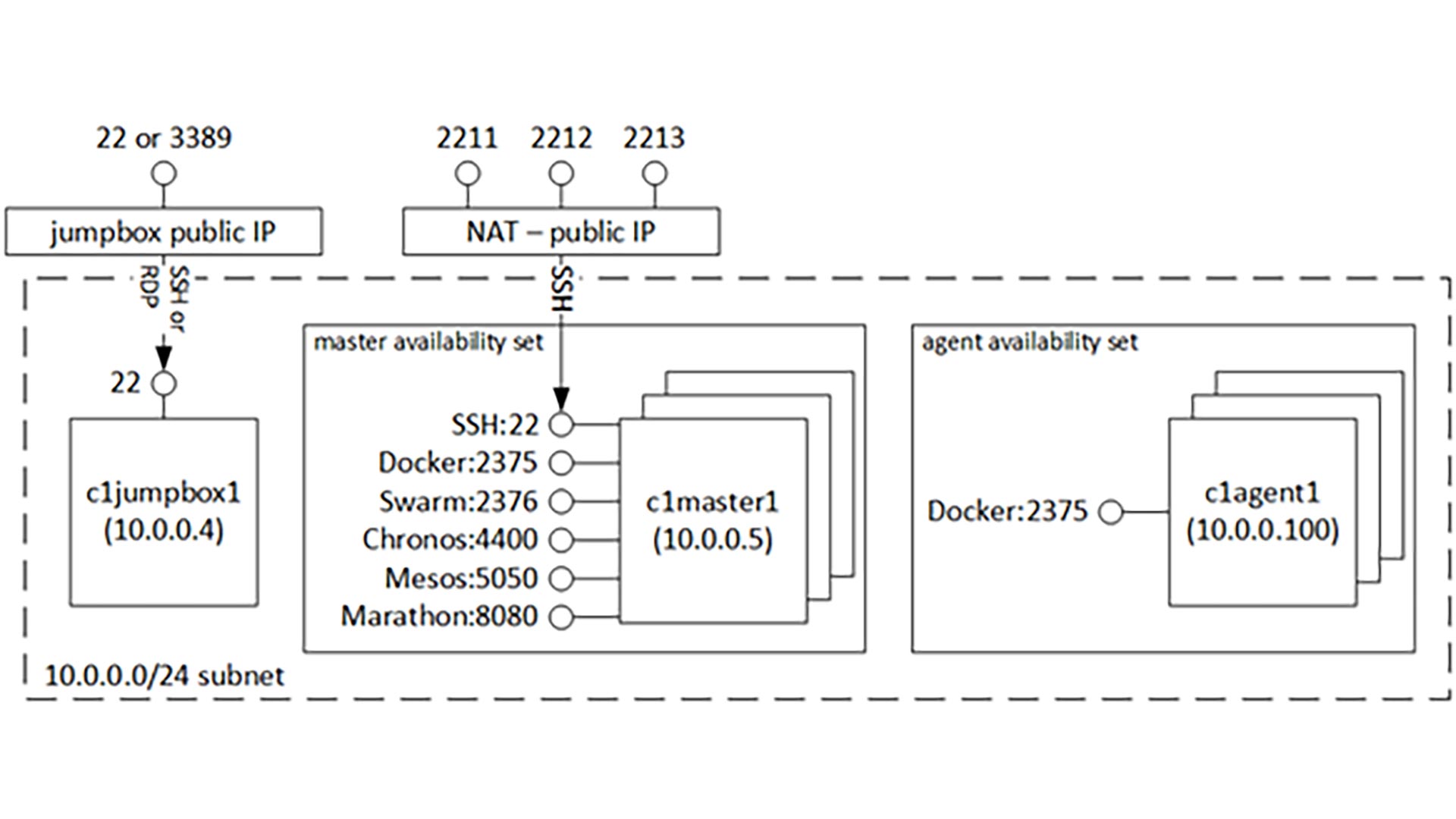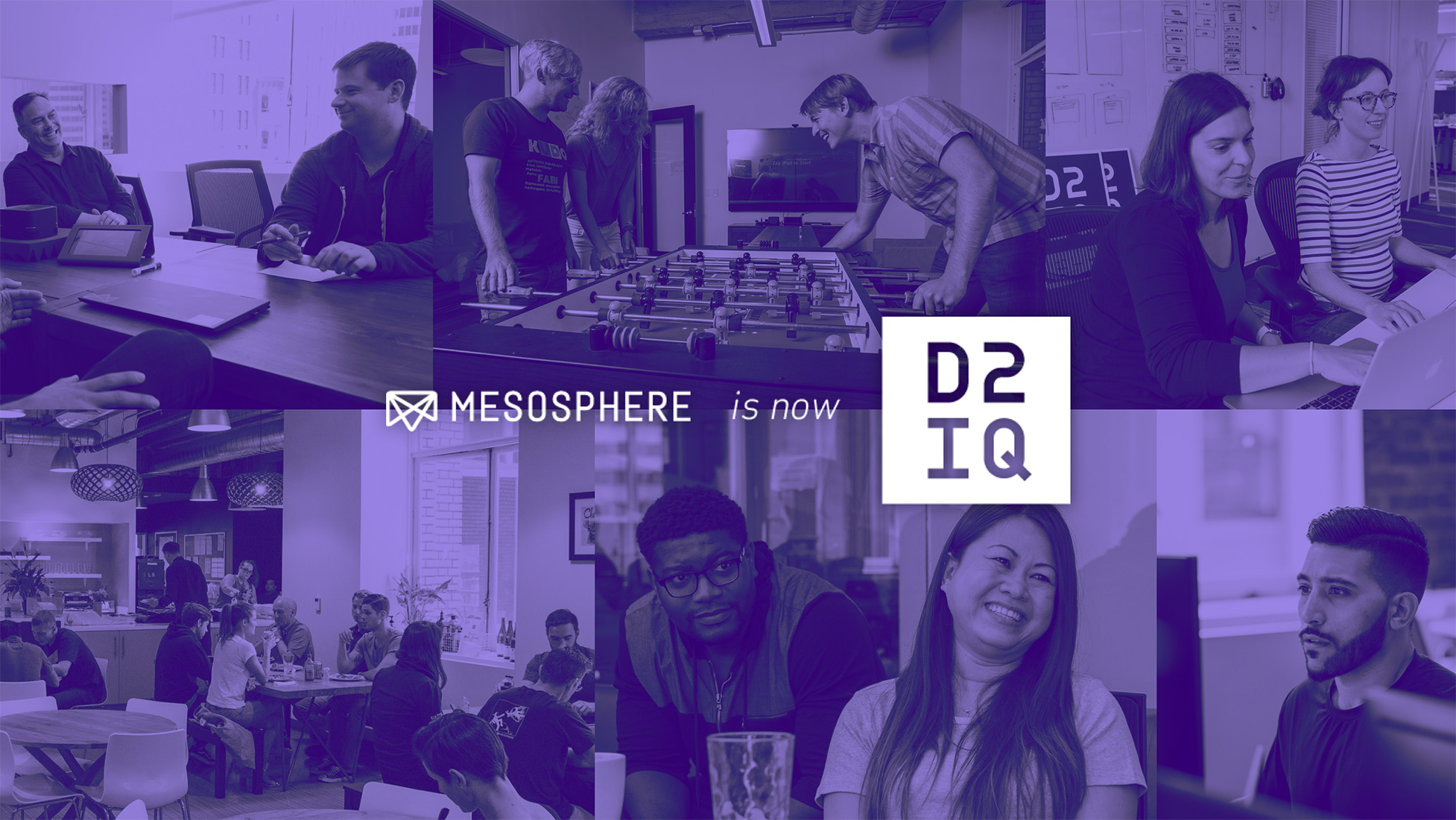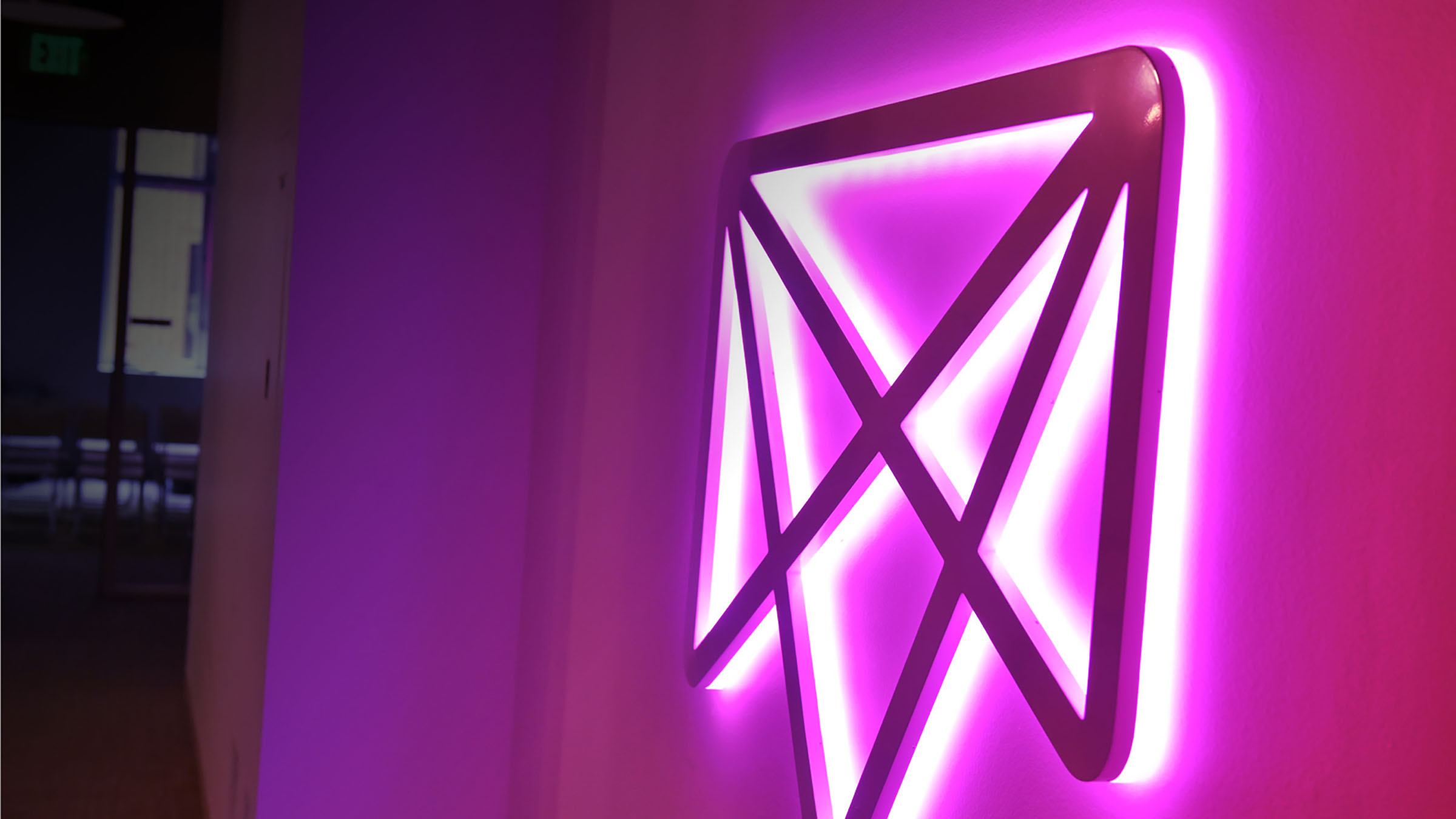
4 min read
Today, Microsoft announced the Public Preview of its Azure Container Service (ACS), its container-orchestration system built in partnership with Mesosphere. This means all Azure users can begin experimenting with microservices and large-scale container deployments in an environment designed for production applications.
Mesosphere and Microsoft have based their partnership on ACS around Apache Mesos and Marathon, two technologies that help set ACS apart from container services offered by other cloud providers. Unlike other technologies, Mesos and Marathon are proven to run in production and at scale inside some of the world's largest companies. Combined with an enterprise-grade cloud in Azure, they create the most-scalable, most-production-ready and most-proven container-orchestration platform around.
Marathon: The killer app for the DCOS
Marathon is the open source container-orchestration engine created and maintained by Mesosphere. Designed to integrate with Mesos, Marathon is a foundational piece of Mesosphere's Datacenter Operating System (DCOS). Marathon makes it easy to deploy and manage a wide variety of workloads including Docker applications, container-based microservices and even traditional server workloads, such as Java and Rails apps. It can scale to tens of thousands of tasks and is designed with high availability in mind.
One of the reasons Microsoft chose to work with Mesosphere and our technologies because Marathon is the most mature container-orchestration technology around. It's used in production by a growing number of companies to do everything from powering CI/CD environments to serving as the foundation for custom-built platform-as-a-service (PaaS) systems. A small sample of public Marathon users—who, in any case, often use it to manage large Docker environments—includes:
If you want to learn more about Marathon, visit its home on GitHub, check out the Mesosphere documentation site, and read this blog post explaining the Marathon technology and its commercial success in more detail. If you want to learn more about the ACS public preview and Microsoft's broader efforts around supporting open source software, read today's blog post from the Azure team.
New infrastructure for new applications
The Mesosphere and Microsoft partnership on container technologies such as ACS and DCOS underscores a massive shift in the way production applications are being built and deployed. We're talking about new types of applications, often backed by distributed system, sometimes with thousands of moving parts that need to be managed in a highly-automated way. What organizations need are platforms, like DCOS and ACS, that let them run applications they need in order to compete in the 21st century—and to do it without the headaches that have plagued decades worth of "next big things."
So it's not just that containers are easy on developers, it's also that they allow for more experimentation and flexible microservices architectures. It's not just that containers and cloud computing use computing resources more efficiently, it's that they also allow companies to scale data-hungry IoT applications without breaking the bank on bills or getting bogged down in outdated processes.
The whole idea of our DCOS, for example, is to make easy to deploy, run and manage all the components of modern applications, from microservices on Marathon to distributed big data systems on bare metal. Creating a single, scalable and shared pool of resources lets DCOS operators and developers think about one logical computer instead of potentially tens of thousands of individual servers.
These modern applications are also at the crux of our deep and ongoing relationship with Microsoft. Beside ACS, which we first announced in September 2015, our two companies are working together to let customers do things such as better manage hybrid cloud environments spanning Azure and local datacenters, and run Apache Mesos (a Linux-native system) on Windows. We share a common goal of giving users the freedom to choose the infrastructure, architectures and tools they need, so they can build the types of applications their customers demand.
So give our products a spin, then let us know what you think and what you've built.









